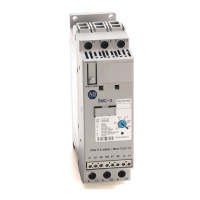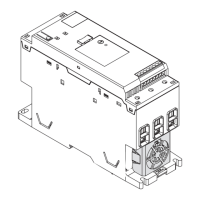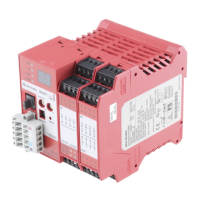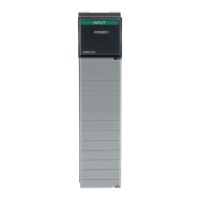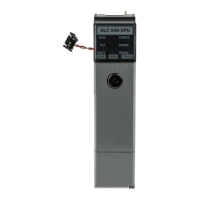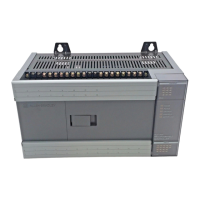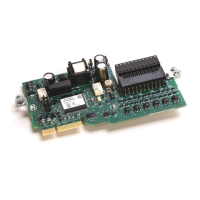Rockwell Automation Publication 1560F-UM001A-EN-P - June 2019 273
Using DeviceLogix Appendix G
Bit Inputs
Available bit inputs to the DeviceLogix program include:
The function of the expansion port inputs depends on the card installed in the
given port. Ta b le 72
shows how the bit inputs are mapped for each card type:
Bit Outputs
Bit Outputs are used to connect to real-world output devices (pilot lights,
relays, etc.) that are wired to an auxiliary relay in the controller. Available bit
outputs are shown in Table 73
.
Bit Inputs Name Description
(17) Hardware Boolean Inputs
Input 1, Input 2 State of the 2 inputs on the control module.
P7 Ready, P8 Ready, P9
Ready
Status indicating that the expansion card installed into
the corresponding expansion port is functioning and
Ready
PX input 1 – PX input 4
Status of the Boolean inputs from the expansion cards
– See the Expansion Card Mapping table below
(15) Network Boolean Inputs
Running
Phase Rotation
Phase Detection
Starting
Stopping
Alarm
Fault
At Speed
Start
Bypass
Ready
These Boolean inputs correspond to the statuses listed
in Table 50 on page 140
Network Bit 1
Network Bit 2
Network Bit 3
Network Bit 4
These Boolean inputs correspond to the statuses listed
in Table 51 on page 141
Table 72 - Bit Input Mapping
Bit Input
Digital I/O
(150-SM4)
Analog I/O (150-SM3)
PTC / Ground Fault
(150-SM2)
Parameter Config
(150-SM6)
PX Input 1
Input #1
DAC #1 Open Status PTC Status None (always 0)
PX Input 2 Input #2 DAC #1 Shorted Status CT Loss Status None (always 0)
PX Input 3 Input #3 DAC #2 Open Status None (always 0) None (always 0)
PX Input 4 Input #4 DAC #1 Shorted Status None (always 0) None (always 0)
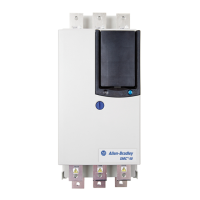
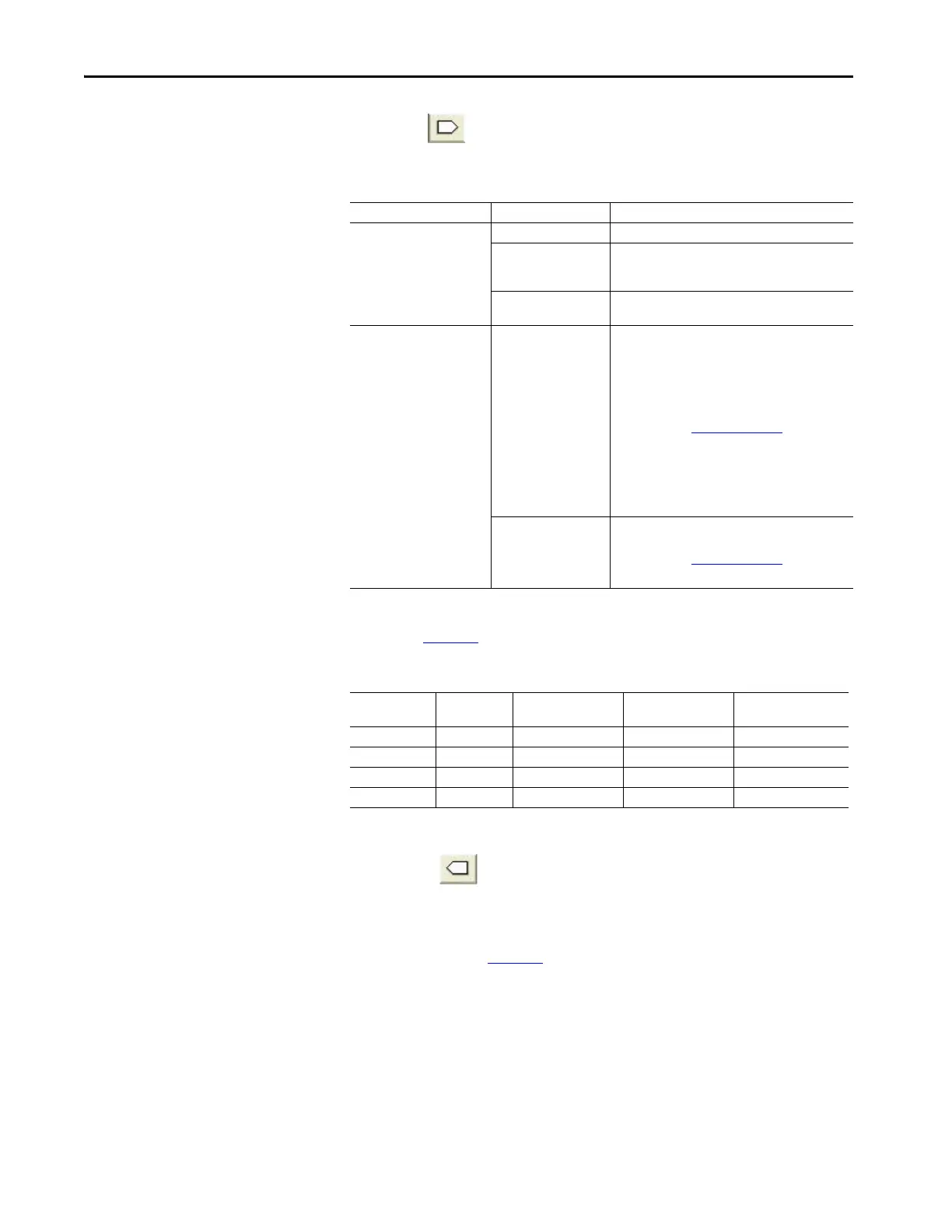